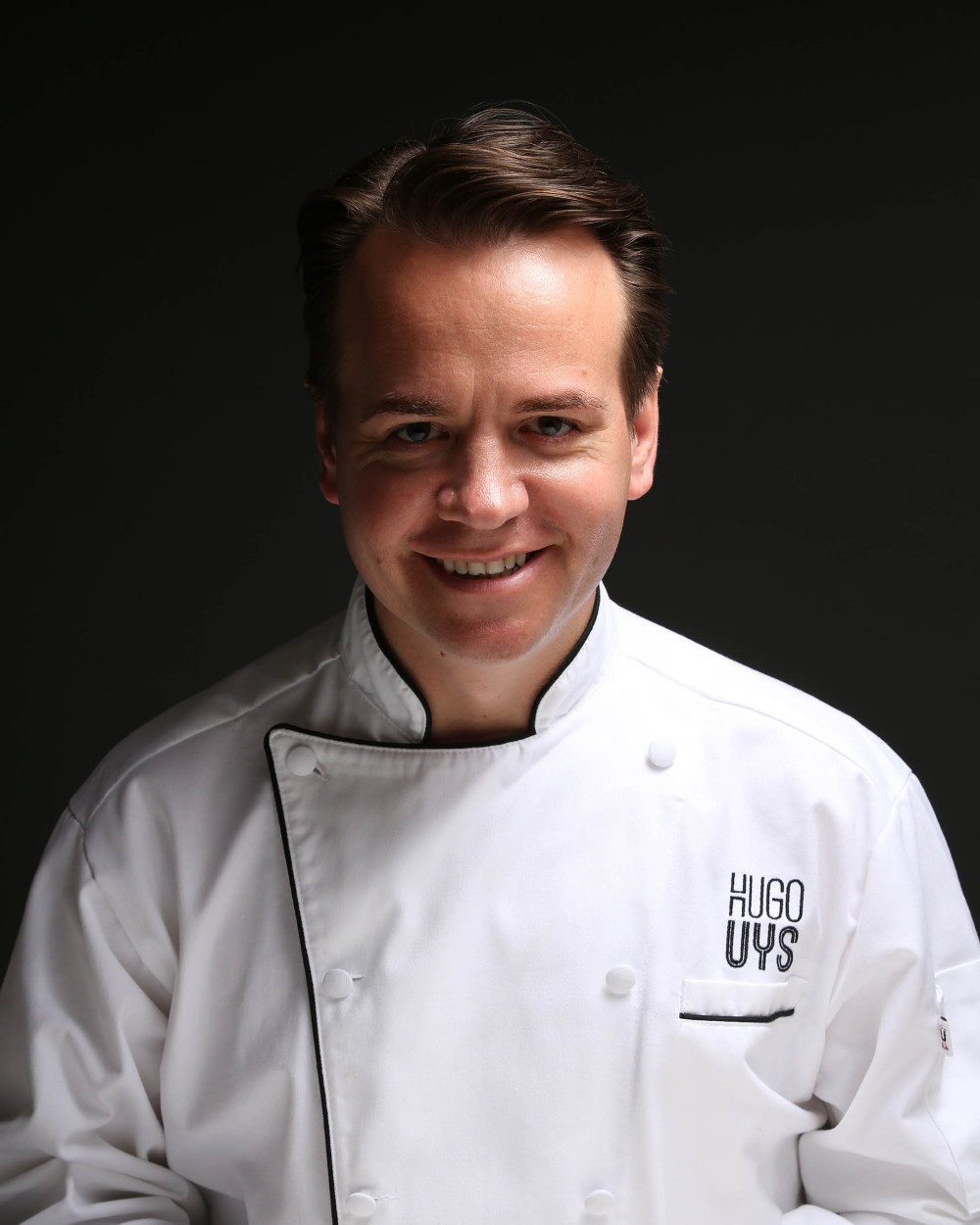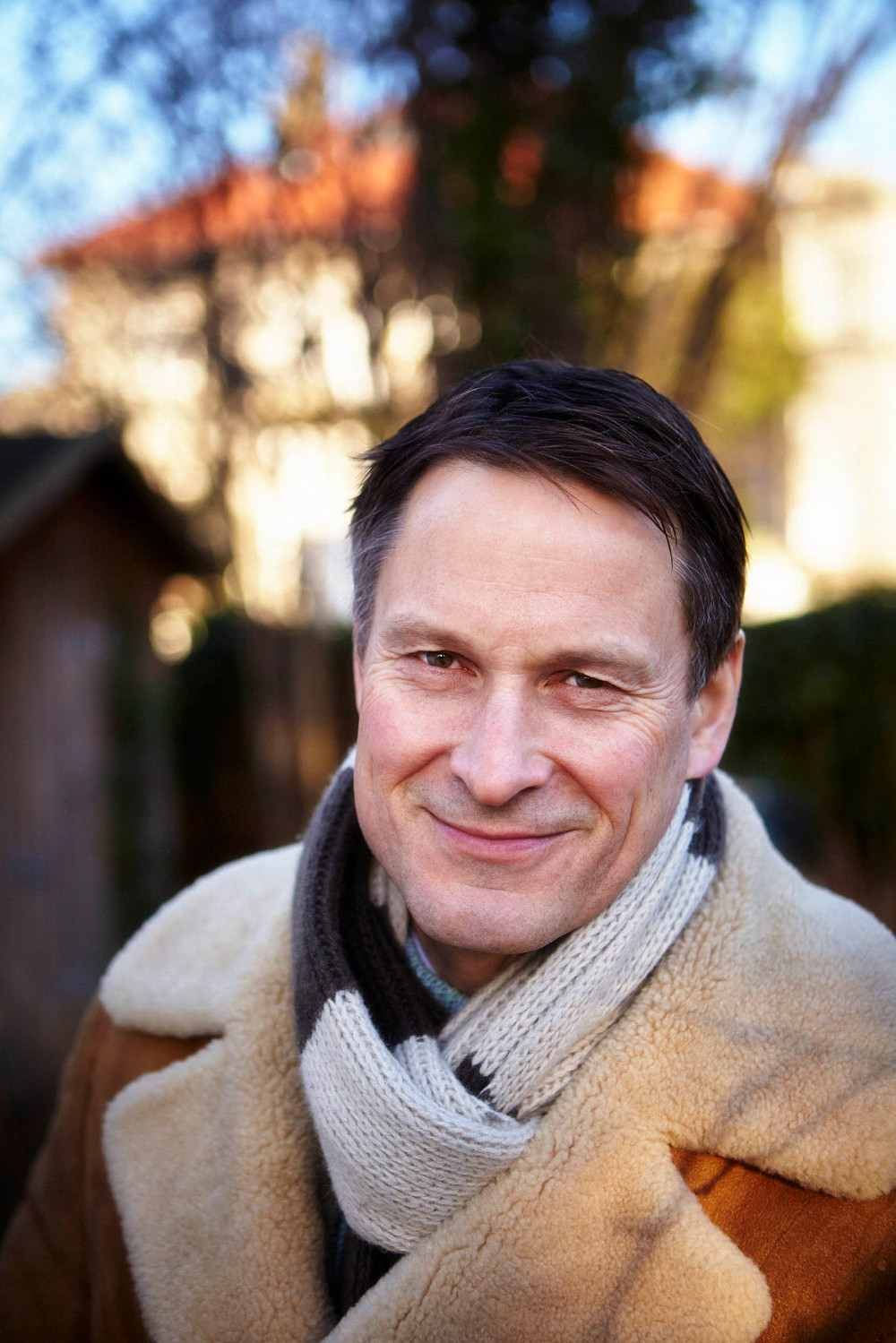Joyce Hlatshwayo
Grand Central Station is one of the top sights in New York City. Come 2016, the century-old building will have another attraction within its walls. It’s taken almost two years to get off the ground, with the help of some dedicated food-loving South Africans.
A Nordic food hall, covering 1 486m2 of Grand Central’s famed Vanderbilt Hall, is on the way. It will be helmed by Claus Meyer, the man who cofounded Noma in Copenhagen. Plans for the food hall include a coffee and juice bar, a sandwich shop, a cocktail bar and a brasserie.
Fifteen groups bid for the prospect of giving the hall, which often hosts temporary fairs, something a little more appealing and fixed in terms of food offerings. The group that won out consists of a handful of South Africans – one of them a chef.
Hugo Uys, a jack of the culinary trade who moved to the United States 18 years ago, is a consultant to the group of South African investors who won the bid to create this new food experience. He’s thrilled it’s all finally coming together.
“It started with a joke,” says Uys, from his flat in New York. He and the South African investor involved (who is shunning publicity) started working on an idea that pitched for part of the space, when the investor suggested bidding for it all.
“I told him only if we could get the best of the best to run it,” says Uys.
Connections
Turns out the investor had a connection to Meyer, who runs the critically acclaimed Noma, a restaurant that’s been voted the best in the world four times.
They invited Meyer from his home in Denmark to New York, where Uys made him bobotie and malva pudding, and told him about the idea. Meyer says he liked the food as well as most other things about Uys.

South African entrepreneur Hugo Uys.
Just like Meyer, who has worn the hats of TV chef, cookbook author and university lecturer, Uys has also been a serial entrepreneur. Just before leaving South Africa, he had his fashion house, dressing several Miss South Africa contestants and Miss Universe hopefuls. In the US, he created a line of pet accessories that was available in Bloomingdale’s, and he co-owned a bar and a restaurant in the West Village. Nowadays, he’s also filming and hosting a cooking series that’s introducing the wonders of the braai to Americans.
Uys believes all this has given him the skills and insight needed for this new venture. He is working with two other South Africans to bring it to life. “I’ve had such a diverse career,” he says. “The fact that I started a lot of my own companies, and have also helped several friends open their own businesses too, means I have the people skills needed for this.”
Pivotal experience
Uys has facilitated the process between the investors, Meyer and the authorities at Grand Central. But he singles out the experience of running and then being forced to close a restaurant during the economic downturn – as he did with Paris Commune in New York’s West Village three years ago – as pivotal.
“Even though I had to close down a 32-year-old business because it couldn’t work financially, I learnt a lot,” he says. And it didn’t deter him from the restaurant business.
“Rather, it made me make myself the promise that, when I did open one again, I would be part of a team, and do it differently.”
Now he has a strong team working with him, able to respond to the peculiarities of designing a food hall within the boundaries of a landmark.
“Vanderbilt Hall is like the Holy Grail of architecture,” he says.
“There are lots of do’s and don’ts involved in designing around the space. Whatever you design has to be totally movable; you’re not allowed to attach anything to the walls. It truly is an engineering marvel.”
From paper to reality
For Uys, Meyer and the rest of the team, now that the relevant authorities have given the go-ahead, the real work begins. “You go from working hard to working harder,” laughs Uys. The next 20 months are going to be crucial in taking the idea from paper to reality.
“Right now I consider myself one of the luckiest people in the world,” says Uys.
“I’m working with an investor who not only believes in my abilities but also allows me freedom. To top it off, I’m working with a true visionary like Claus Meyer.”

Danish chef Claus Meyer.
Indeed, Meyer has redefined Nordic cuisine and changed the way Danes eat. Uys believes his vision for Grand Central will emphasise the enjoyment and appreciation of food, even while rushing to catch a train.
“It’s an iconic venue where Americans of all colours and classes have waited for the train together for more than a century. I believe this fits very well with the democratic idea underlying the new Nordic cuisine,” says Meyer.
He is moving his wife and children to New York for the Grand Central venture.
“All Danes I know are in love with New York City,” says Meyer. “I hope we can create a vibrant place with a certain ‘Scandinavianness’ about it – a place to enjoy life for a while, with great hospitality and delicious and healthy food to eat on location, or to grab and go.”
NY energy
Uys also loves New York, with its brand of energy that’s allowed him to explore different opportunities. When I catch up with him, he’s just come back from Pine Plains in Upstate New York, where he cooked boerewors and served chutney as part of a programme with Wines South Africa that introduces Americans to the wonders of braaing.
“I get to be creative and give Americans some insight into our culture and our food, and then I get to work on this Grand Central project.”
He also has a few other projects in the pipeline. One of these is creating a range of aprons with a top South African designer.
He’ll continue to work with South Africans as much as he can. After 18 years in the Big Apple, he may be a New Yorker, but Uys says there’s still no one who understands him and works harder than a South African.
“We understand each other from a cultural point of view, and there’s an underlying trust. If you say I’m going to do this I believe you will – that’s part of the success of our team – that understanding we have.”
Meyer says he’s seen it too. “So far this gang of South Africans has formed one of the most rewarding and inspiring working environments I have ever found myself in.”
Come 2016, even though the food hall may be Nordic in nature, it’ll be South African at heart.